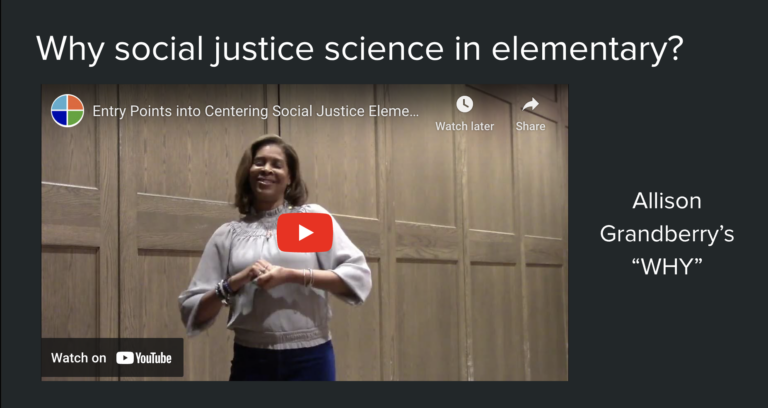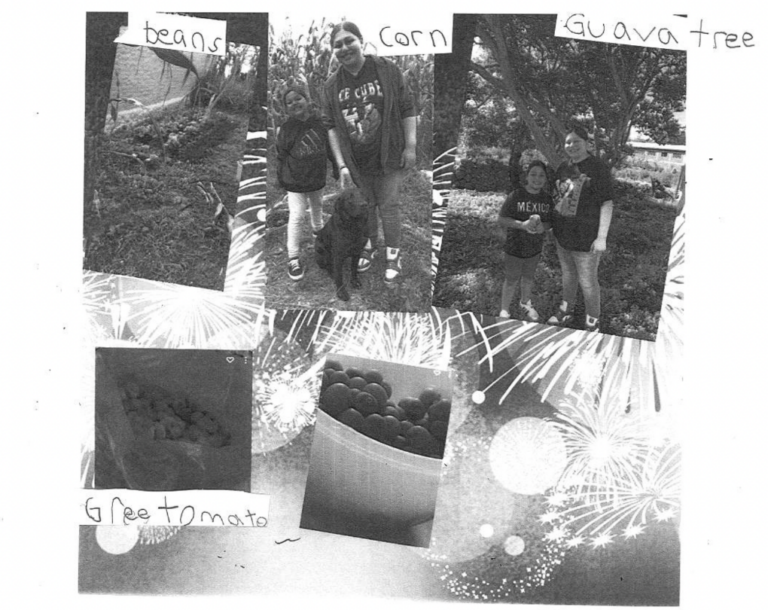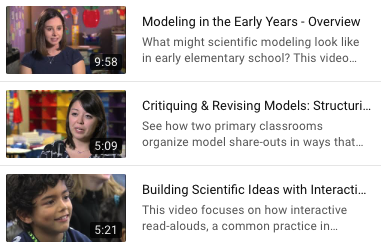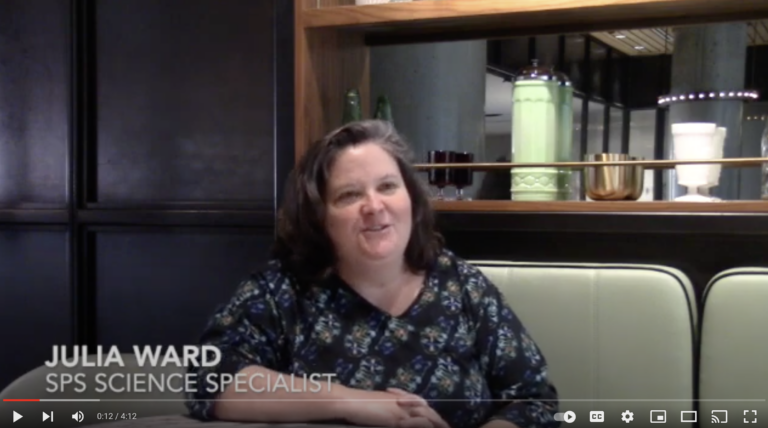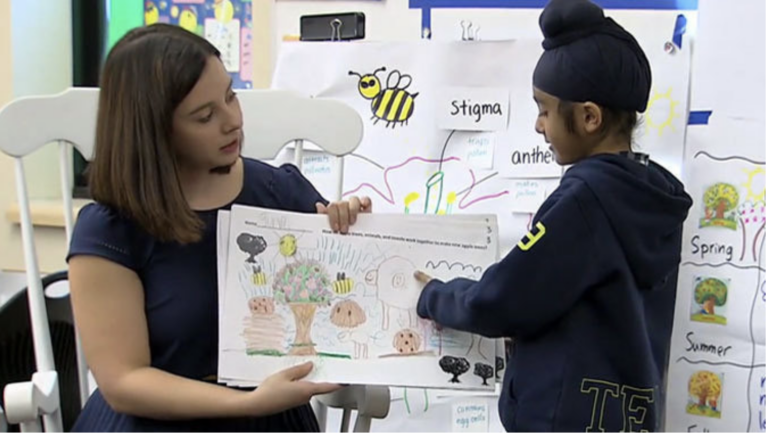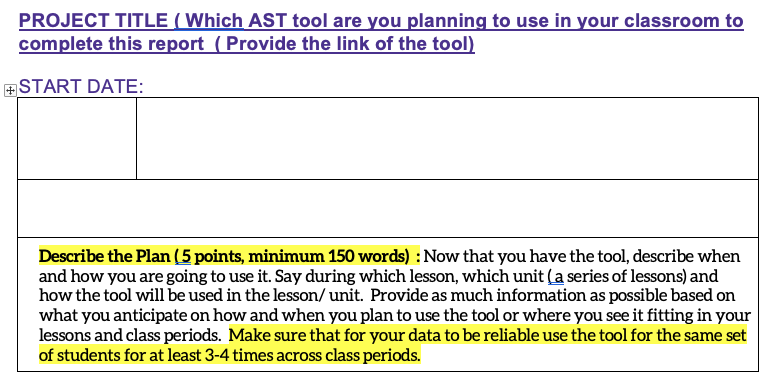Here we show the first of our core sets of practices. These are planning practices for designing a unit of instruction. Important ideas in science are about the relationships between a natural phenomenon and a causal explanation that helps us understand why something in the world unfolds the way it does (phenomena are events or processes— things that happen). Studying events or process rather than “things” or abstract ideas intrigues students. This video shows how teachers sort through their curriculum as well as the standards, in order to select which ideas to focus on during a unit. They then select a phenomenon to anchor their units of instruction and develop a rich causal explanation for that event or process. Finally, they use this explanation to sequence a set of learning experiences for students. See our Pathways page for exploring more resources on this set of practices.
![]() New to the website?
Let us help!
New to the website?
Let us help!
How are you using AST in the classroom?
Ambitious Teaching—An overview
In this video we illustrate what Ambitious Teaching looks like in classrooms ranging from high school to kindergarten. The practices were developed through collaborations between teachers and researchers, and they are continually evolving as we learn more about how they work with young learners. There are several themes that you’ll see in all examples, such as a focus on puzzling and complex phenomena, opportunities to make sense through talk, making thinking visible, attending to who is participating, using various forms of scaffolding and tools, and much more.
 This site is primarily funded by the National Science Foundation (NSF) through Award #1907471 and #1315995
This site is primarily funded by the National Science Foundation (NSF) through Award #1907471 and #1315995
 This site is primarily funded by the National Science Foundation (NSF) through Award #1907471 and #1315995
This site is primarily funded by the National Science Foundation (NSF) through Award #1907471 and #1315995

